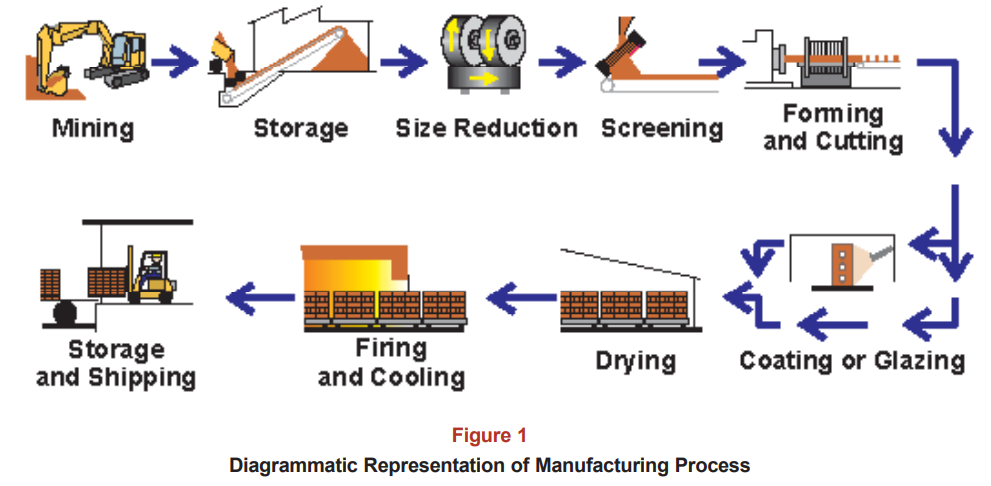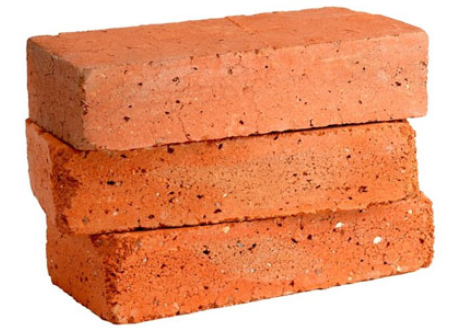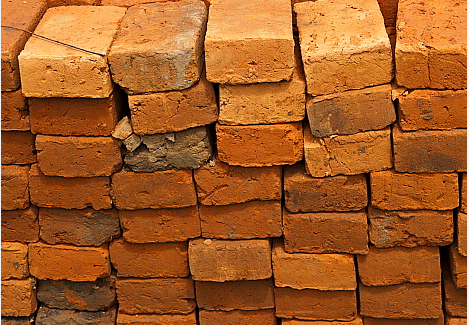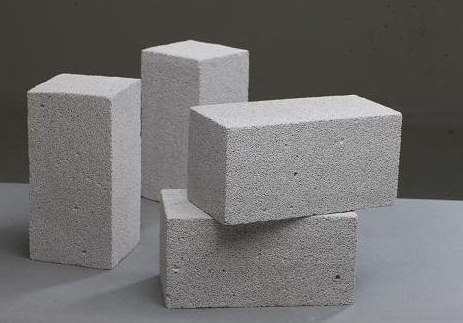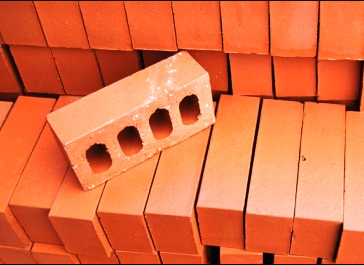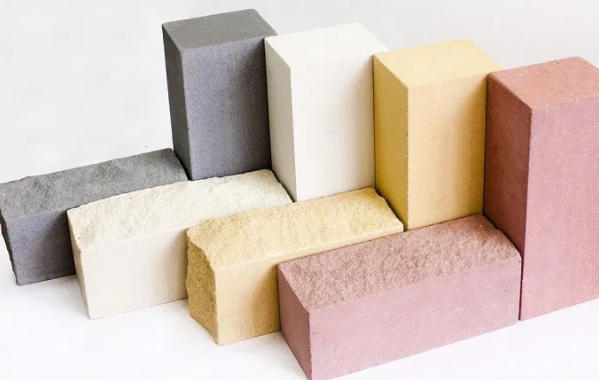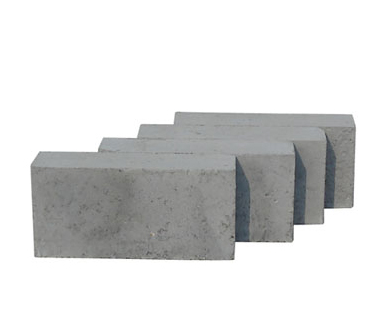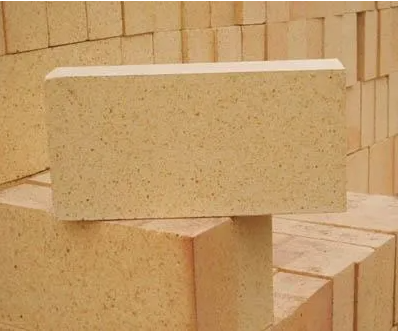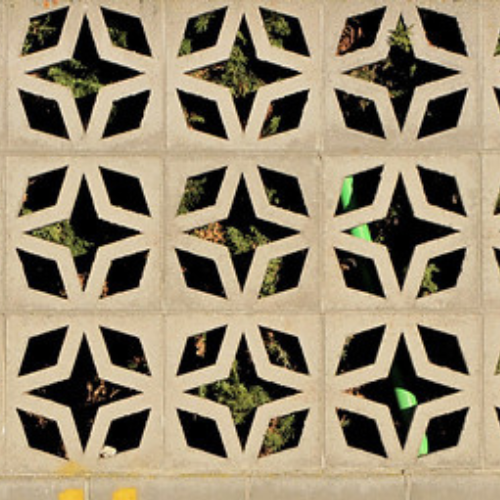Bricks has been used in construction since ancient times about three to five thousand years ago. It is used as an alternative to stone in construction as it can be produced and has a uniform shape and size. Bricks are typically used as structural materials in buildings, bridges, pavement, flooring, surface finish and, fire resistant material.
What is a Brick and Made of
A brick is a rectangular block made of clay, shale, or other materials that are hardened by firing in a kiln. Bricks can be made in a range of sizes and shapes, depending on their intended use. Clay is the most commonly used material for making bricks, as it is abundant and easy to work with. However, other materials can also be used, such as sand, lime, and concrete. These materials may be mixed with clay to create a more durable or specialized type of brick, depending on the specific needs of the project.
The basic process of making bricks involves mixing the raw materials with water, forming the mixture into the desired shape, and then firing it in a kiln at high temperatures to harden and solidify the material. The firing process causes the clay particles to fuse together, creating a strong and durable material that can be used for a range of construction applications.
Credit Image Source: https://www.gobrick.com
Types of Bricks
Burnt Clay Bricks also known as clay bricks or fired bricks, are one of the most widely used types of bricks in construction. They are made from clay or shale that is molded into the desired shape and then fired in a kiln at high temperatures. This firing process gives the bricks their characteristic strength, durability, and resistance to weathering.
Credit Image Source:https://civileblog.com/bricks/
Sundried Bricks also known as adobe bricks or mud bricks, are a type of brick that is made from a mixture of clay, sand, water, and sometimes organic materials such as straw or rice husks. Unlike burnt clay bricks, which are fired in a kiln, sundried bricks are dried naturally in the sun.
Concrete Bricks are made from a mixture of cement, aggregate, and water. They are often larger than clay bricks and are used in load-bearing walls and structural applications. Concrete bricks are known for their strength and durability.
Credit Image Source: https://civilengineersforum.com/different-brick-types/
Engineering Bricks are dense, strong, and durable. They are primarily used in situations where strength and low water absorption are crucial, such as in damp conditions or for below-ground applications. Engineering bricks are commonly used for foundations, retaining walls, and sewers.
Credit Image Source: https://civilengineersforum.com/different-brick-types/
Sand Lime Bricks are made from a mixture of sand, lime, and fly ash or silica. They are produced by a process called autoclaving, which involves steam curing. Sandlime bricks have good load-bearing capacity and provide good insulation against sound and heat.
Fly Ash Bricks also known as fly ash clay bricks or FAB, are bricks made from a combination of fly ash, a byproduct of coal combustion, and other materials such as sand, lime, and cement. Fly ash is a fine powder that is collected from the flue gases emitted by coal-fired power plants.
Credit Image Source: https://civilengineersforum.com/different-brick-types/
Fire Bricks or Refractory bricks also known as refractory bricks, are designed to withstand high temperatures. They are used in applications that involve heat, such as fireplaces, kilns, furnaces, and pizza ovens. Fire bricks have excellent heat resistance and insulation properties.
Credit Image Source: https://civilengineersforum.com/refractory-brick-or-fire-brick/
Hollow Bricks have a hollow core, which reduces their weight while maintaining strength. They provide better thermal insulation than solid bricks and are often used in construction for this reason. Hollow bricks are also easier to handle and transport.
Credit Image Source:Drew Makepeace /Flicker
Perforated Bricks have holes or perforations throughout their structure. These holes reduce the weight of the brick, making it lighter and more economical. Perforated bricks are commonly used in non-load-bearing walls and partitions.
Credit Image Source:Hugh O'Connell /Flicker
These are some of the common types of bricks used in construction. The choice of brick type depends on factors such as the intended use, aesthetic preferences, structural requirements, and environmental conditions.
Benefits of Using Bricks in Construction
Durability: Brick is an extremely durable and long-lasting building material, with a lifespan of up to 100 years or more. It is resistant to weathering, pests, and fire, which can reduce the need for maintenance and repair over time.
Strength: Brick is a strong and stable material that can support heavy loads and withstand strong winds and earthquakes. This makes it an ideal choice for buildings that need to be structurally sound and stable.
Thermal mass: Brick has a high thermal mass, which means that it can absorb and store heat. This can help to regulate temperature and reduce energy costs by keeping buildings cooler in the summer and warmer in the winter.
Fire resistance: Brick is highly resistant to fire, which can enhance the safety of a building and reduce the risk of fire-related damage.
Aesthetic appeal: Brick is a versatile material that can be used to create a range of architectural styles and designs. It comes in a variety of colors, textures, and shapes, which can be combined to achieve a unique and visually appealing look.
Sustainability: Brick is a sustainable building material, as it is made from natural materials and does not release harmful chemicals or pollutants into the environment. It is also highly recyclable and can be reused or repurposed at the end of its lifespan.
Conclusion
Bricks are an essential building material in architecture and construction due to their durability, fire resistance, thermal and sound insulation properties, and aesthetic appeal. They have been used for thousands of years and continue to be a sustainable and cost-effective option for building construction. Additionally, their versatility in size, texture, and color allows architects and designers to create unique and visually appealing structures. Overall, bricks remain a vital material in construction and will continue to play an important role in building design and construction in the future.
Sources:
https://civiltoday.com/civil-engineering-materials/brick/191-types-of-bricks
https://civiconcepts.com/blog/types-of-bricks-in-construction
https://www.buildersmart.in/blogs/Things-to-check-before-buying-bricks-and-blocks/


